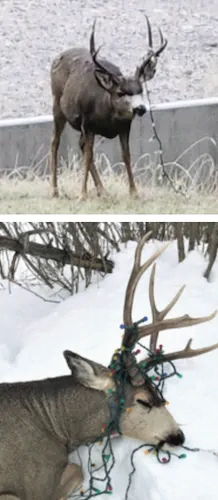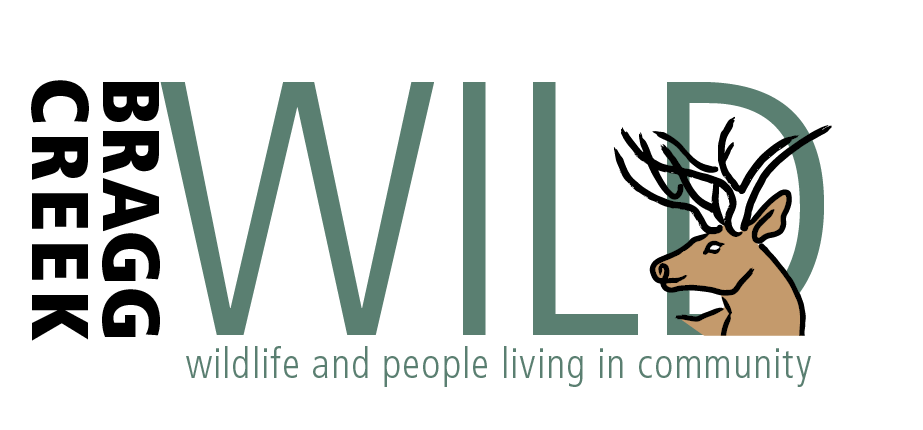Celebrating Responsibly: Ensuring Wildlife-Friendly Christmas Decorations
The twinkling lights, vibrant baubles, and festive garlands adorning our homes during the holiday season bring about a sense of joy and celebration. However, amidst the cheer, it’s essential to pause and consider the unintended consequences our decorations might have on the wildlife around us.
The wonderland we create with our Christmas decorations can unknowingly pose risks to the creatures that inhabit our surroundings. As we deck the halls, it’s crucial to acknowledge and address the potential hazards that our festive adornments might present to wildlife.
Entanglement remains a significant concern. Loose wires, ribbons, or netting can pose a severe threat to wildlife. Birds, squirrels, and other critters may inadvertently become ensnared, leading to injuries, stress, or even fatalities. Something as simple as a string of lights or a bit of tinsel can become a dangerous trap for unsuspecting animals.
Moreover, the ingestion of decorative items by curious wildlife is a genuine risk. Bright and colorful decorations might resemble tasty morsels to animals. Small, shiny objects such as decorative beads or baubles can be mistaken for food, causing internal injuries or blockages. This can result in digestive problems and severe internal damage, affecting the well-being of the animals.
The disruption of natural behaviors caused by excessive or overly bright lighting can profoundly impact nocturnal animals. These animals, accustomed to the darkness of the night, may find themselves disoriented or unable to carry out their natural activities like feeding or hunting due to the overwhelming brightness.
Furthermore, the risk of electrocution looms when animals perch on power lines or damaged decorations. This threat, particularly to birds, arises when wiring is faulty or exposed, posing a fatal hazard to unsuspecting wildlife.
As well, we cannot overlook the impact of environmental pollution caused by Christmas decorations. Materials like plastic, glitter, and synthetic elements can find their way into natural habitats, adversely affecting both terrestrial and aquatic wildlife. The allure of glittery decorations often results in debris entering ecosystems, causing long-term harm to the environment and its inhabitants.
As we revel in the festive spirit, it’s crucial to celebrate responsibly by adopting wildlife-friendly practices in our outdoor Christmas decorations. Here are some Wild Smart tips to ensure a wildlife-safe celebration:
Tips for Wild Safe Outdoor Christmas Decorating

Choose Wildlife-Friendly Materials: Opt for decorations made from natural, biodegradable materials to reduce environmental harm.
Secure Loose Wires and Decorations: Ensure all decorations are securely fastened and free from entanglement risks. Strings of lights should be installed 10′ above ground to avoid deer becoming entangled
(Parks Canada)
Use LED Lights: Choose LED lights, which are energy-efficient and emit less heat, reducing the risk of attracting wildlife.
Avoid Excessive Lighting: Minimize outdoor lighting to reduce disruption to nocturnal animals’ natural behaviour.
Proper Disposal of Decorations: Dispose of decorations properly to prevent littering and pollution of natural habitats.
Educate and Encourage Others: Spread awareness about responsible outdoor decorating within our community. Encourage neighbours to follow wildlife- friendly practices and share safety tips.
Let’s celebrate the holiday season while being mindful of our impact on the wildlife that we share our environment with. By making conscious choices in our decorations, we can ensure a festive atmosphere that is both joyous for us and safe for our beloved wildlife neighbours.
Bragg Creek Wild – www.braggcreekwild.ca braggcreekwild@gmail.com – 403-200-9961
People and wildlife living in community


























